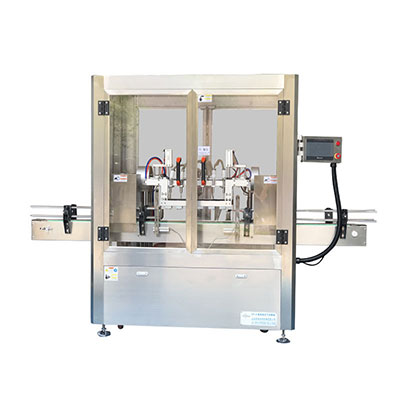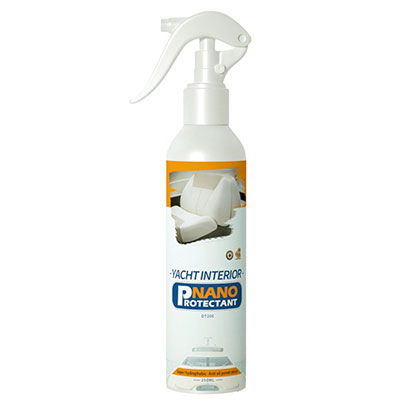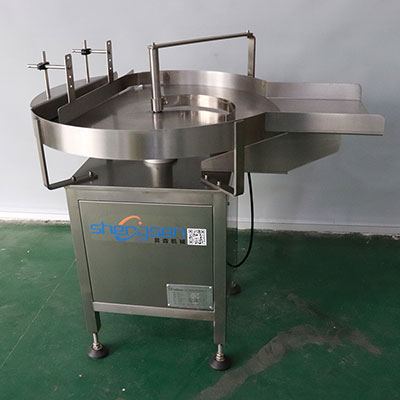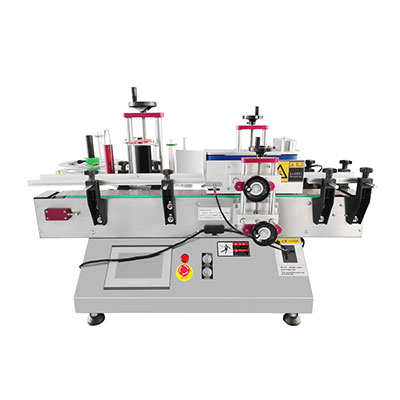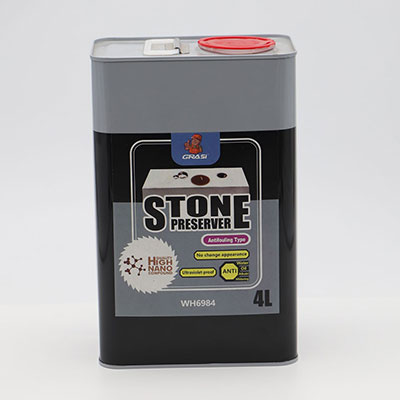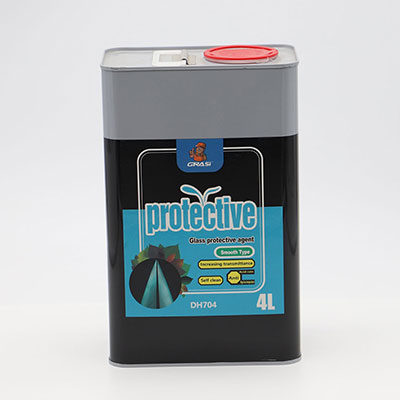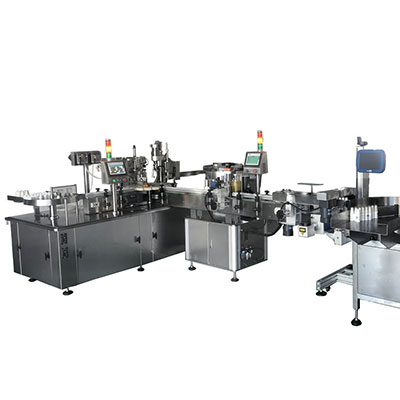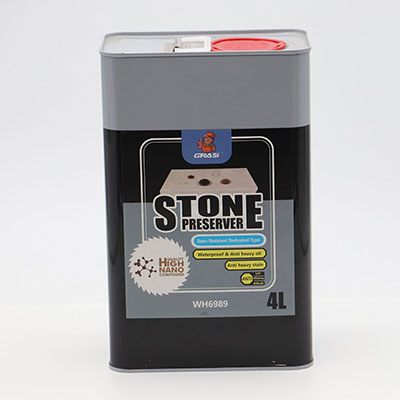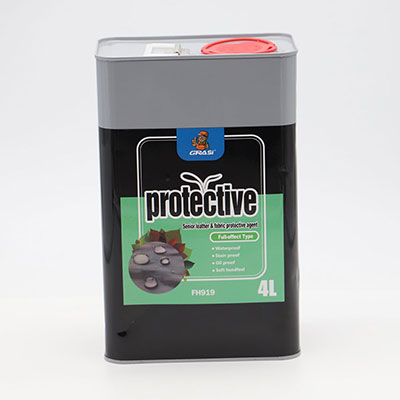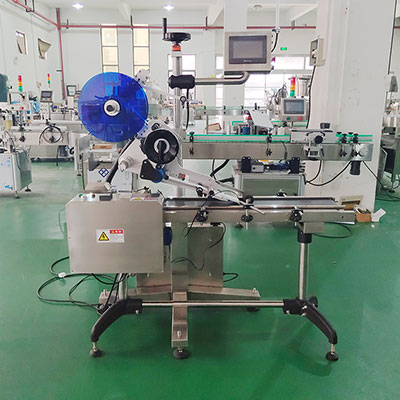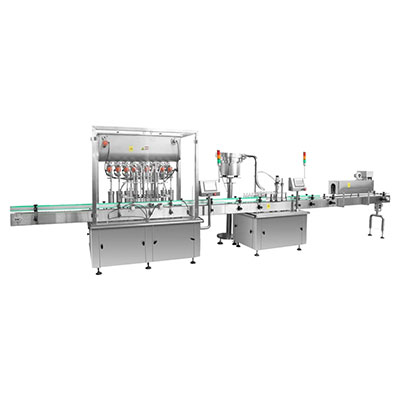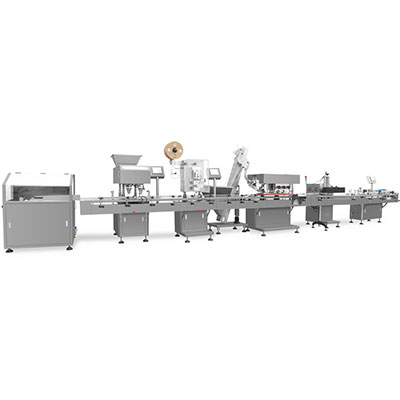Ultrafiltration System
Ultrafiltration System (UF System)
The ultrafiltration systems are usually operated in a pressure range of 10 to 50 psig and they remove particles in size down to as small as 0.02 µm. Typical flux (rate of finished water permeate per unit membrane surface area) for UF system is 10-100 gallons per square foot per day (gfd).
Our membrane filtration system uses advanced hollow fiber or ceramic technologies which operate in the outside-in or inside-out direction of flow. Given the small membrane pore sizes used with these technologies, fouling due to deposition of organic and inorganic compounds on the membrane may occur if the ultrafiltration system is not properly designed and operated. Therefore, we use automated backwashing, air scour and chemical flushing processes to restrict the rate of membrane fouling within acceptable limits. Chemical cleaning is employed once the maximum transmembrane pressure has been reached. Typical cleaning agents utilized include acids, caustic, surfactants, enzymes and certain oxidants, depending upon membrane material and fouling type.
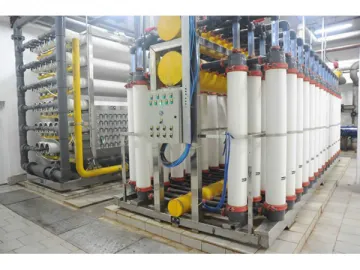
Common Applications
• Municipal drinking water filtration
• Industrial wastewater recovery
• COD reduction
• RO & NF pre-treatment
Typical Features of Ultrafiltration System
• Welded and powder coated steel skid frames
• High quality membrane elements
• Module housings with sampling ports
• Stainless steel feed pump
• Stainless steel schedule and/or 80 PVC pipe work
• Automated control valves
• Integrated process controls
• Automatic backwash system
• Pressure gauges
• Flow transmitters
• Pressure transmitters
• Clean-In-Place (CIP) system
Optional Features of Ultrafiltration System
• PLC/HMI/VFD controls
• Remote data interface via user-defined network protocol
• Redundant pumps
• Feed and process tanks
• Stainless steel skid frames
• VFD’s
• Hypochlorite & acid dosing
• Coagulant feed system
• Gravity drain tanks
Links:https://globefindpro.com/products/72783.html
-
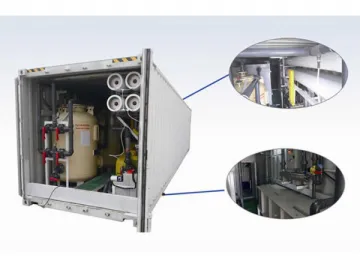 Containerized RO System
Containerized RO System
-
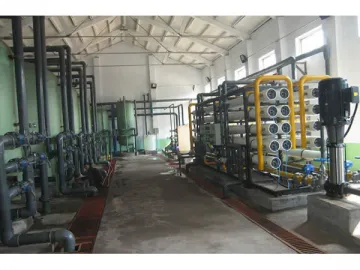 Boiler Feed Water Treatment System
Boiler Feed Water Treatment System
-
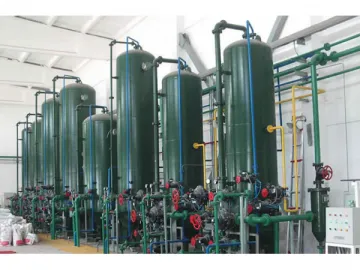 Water Purification Equipment for Electronic Industry
Water Purification Equipment for Electronic Industry
-
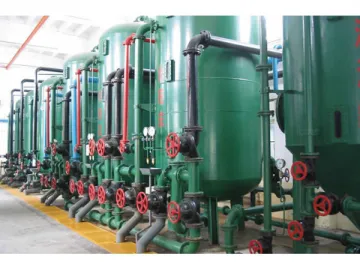 Mixed Bed Demineralizer
Mixed Bed Demineralizer
-
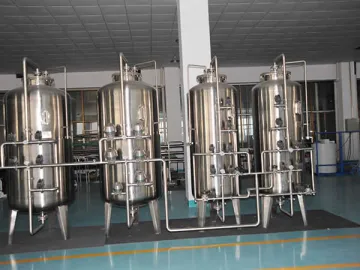 Industrial Water Softener
Industrial Water Softener
-
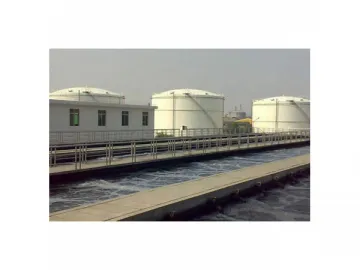 Municipal Wastewater Treatment
Municipal Wastewater Treatment
-
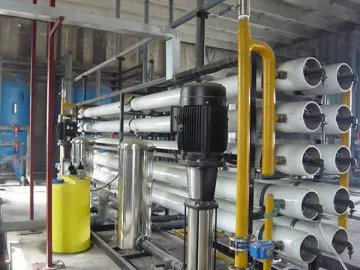 Reverse Osmosis System
Reverse Osmosis System
-
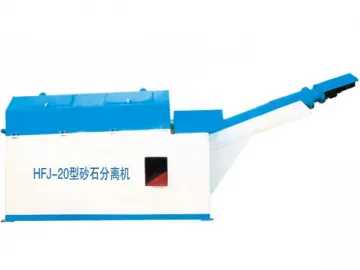 Sand and Gravel Separator
Sand and Gravel Separator
-
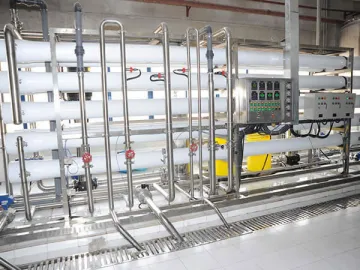 Industrial RO System
Industrial RO System
-
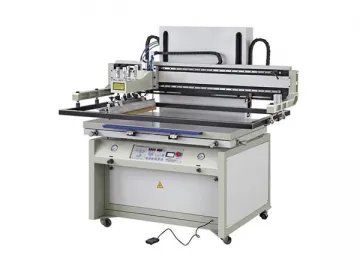 Large Parallel Lift Screen Printing Machine
Large Parallel Lift Screen Printing Machine
-
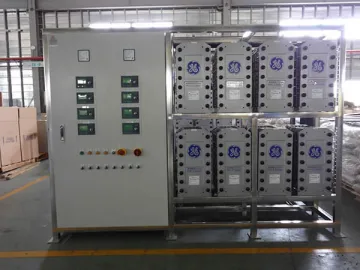 EDI Equipment
EDI Equipment
-
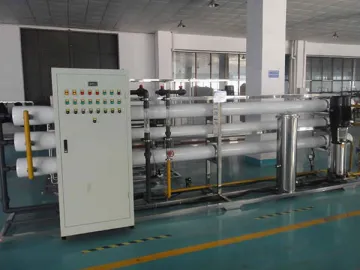 Brackish Water Desalination Plant
Brackish Water Desalination Plant
